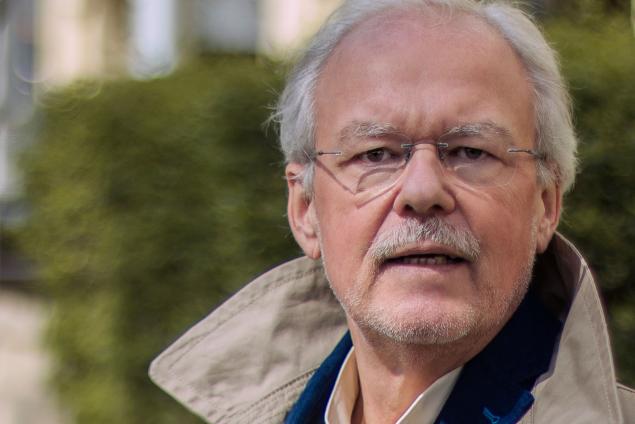Scroll to Section:
The technique of Magnetic Resonance Imaging, or short MRI, is a useful and widely used tool in clinical diagnostics. However, the current MRI techniques are not sensitive enough to detect low concentrations of drugs or disease related molecules. LEIF SCHRÖDER explains that MRI is typically based on the detection of water molecules. However, the high water concentration that is always present in the body creates a strong background signal obstructing the signal of dilute molecules so only substances at higher concentrations can be found. In the new approach presented in this video, the researchers used the noble gas Xenon, manipulated its magnetic properties and paired it with a contrast agent which senses specific molecules related to cancer. With this technique, they managed to visualize also molecules in very low concentrations as it is the case for early onset cancer. This approach can help to spot diseases at a very early stage or support drug development.
DOI:
https://doi.org/10.21036/LTPUB10327
Institution

Leibniz Institute for Molecular Pharmacology (FMP)
The FMP conducts basic research in Molecular Pharmacology with the aim to identify novel bioactive molecules and to characterize their interactions with their biological targets in cells or organisms. These compounds are useful tools in basic biomedical research and may be further developed for the treatment, prevention, or diagnosis of disease.
To this aim FMP researchers study key biological processes and corresponding diseases, such as cancer, aging including osteoporosis, or neurodegeneration. They also develop and apply advanced technologies ranging from screening technologies over NMR based methods to proteomics and in vivo models. (Source: FMP)
Show more
Original publication
Identification, Classification, and Signal Amplification Capabilities of High-turnover Gas Binding Hosts in Ultra-sensitive NMR
Chemical Science
Published in 2015
Reading recommendations
Live-cell MRI with Xenon Hyper-CEST Biosensors Targeted to Metabolically Labeled Cell-Surface Glycans
Angewandte Chemie International Edition
Published in 2015
Identification, Classification, and Signal Amplification Capabilities of High-turnover Gas Binding Hosts in Ultra-sensitive NMR
Chemical Science
Published in 2015
Genetically Encoded Reporters for Hyperpolarized Xenon Magnetic Resonance Imaging
Nature Chemistry
Published in 2014
Multichannel MRI Labeling of Mammalian Cells by Switchable Nanocarriers for Hyperpolarized Xenon
Nano Letters
Published in 2014
Development of An Antibody-based, Modular Biosensor for 129Xe NMR Molecular Imaging of Cells at Nanomolar Concentrations
Proceedings of the National Academy of Sciences
Published in 2014
Molecular Imaging Using a Targeted Magnetic Resonance Hyperpolarized Biosensor
Science
Published in 2006
Analysis of Cancer Metabolism by Imaging Hyperpolarized Nuclei: Prospects for Translation to Clinical Research
Neoplasia
Published in 2011
Beyond
A Ground-breaking Scientific Revolution
An Alarming Challenge for Society
If I Had a Second Life
A Personal Reading Recommendation




